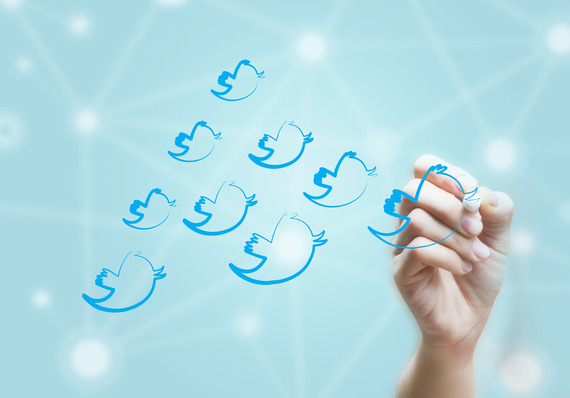Twitter buzz is good, engagement is great, and sales - or new clients and customers - are even better. Writing tweets that drive relevant interactions is important. Having a lot of conversations on Twitter is great. Finding that magical time of day to tweet matters, too. (News flash: research says that the most popular time of day, lunchtime, isn't actually the best time to Tweet.) But once you've established a rapport with your followers, how can you mix in direct offers? These are the tools and strategy you need to convert Twitter buzz into sales.
1. Promote your best content.
Start by mastering your content mix with an 80/20 blend: 80 percent of your content should generate engagement and 20 percent should drive direct responses, either from web traffic downloads or purchases. Next, get your best content in front of more people with quick promote.
Use Twitter analytics to determine which tweets are top performers; these are the ones you should share with an expanded audience beyond your standard followers. Simply click on a Tweet you'd like to promote, select the bar graph icon, and then click the "Promote your Tweet". Select a geo-target location (e.g., Austin, Texas for SXSW) then select your max spend (the budget tool will instantly estimate how many engagements your spend will generate), and hit the green button to confirm. Yep, that was easy!
2. Have a clear (and time sensitive) call to action.
Just sharing content and insights? No call to action needed. But sharing a product promo or special offer? Failing to end with a call to action is a huge missed opportunity. Whether you're promoting a product demo, a program feature, or a special offer, every promo tweet needs to have a call to action. For maximum impact, make your CTA time sensitive. Tweets already have a half-life of about 16 minutes. If you don't get folks to click through as soon as they read your tweet, they won't be coming back again later. Make it count the first time.
Just ask Shawn Ritchie with ANKOM Technology, a technology company that develops innovative nutrition analysis instruments. "Once we added a call to action and a basic URL shortener to all our promo tweets, we watched engagement skyrocket," says Ritchie. "We already had a great hashtag campaign in place with #HelpingFeedTheWorld. We were just missing the CTA component to really drive engagement."
3. Jump on sales opportunities in real-time.8 out of 10 consumers do research online before making a buying decision, and many post questions or discuss potential products via Twitter. It's impossible for your business to monitor everything that's being said about your brand and competitors online, but failing to keep tabs on the conversation means you'll miss out on conversion opportunities. That's why I like Brand24 for "listening" to Twitter conversations.
Brand24 monitors the social web for key topics, trends and discussions and then compares your social mentions against the competition. You'll get a real-time alert when you need to react or engage immediately with comments made about your brand. Whether you're answering a prospect's question, following up on positive comments from a brand ambassador, or assuaging a dissatisfied customer before the story gets out of control, Brand24 puts the power of the social web at your fingertips.
4. Capture relevant data.
Don't let leads slip through your fingers. If you're a B2B company and you're NOT using lead generation cards, you're missing out. Twitter's "lead generation cards" are the social network's secret lead generation engine. When users expand your tweet, they'll see a form, offer description, and CTA. The Twitter handle, name and email address is automatically populated, so users only have to click on your call to action (which you're using, right?)
Once you've captured this data, use a lead management program to qualify your leads. I like Socedo since it's built specifically for social media lead qualification. Socedo's dashboard gives marketers a streamlined overview of key stats, including the number of discovered prospects, how many of these prospects you've connected with via social media, and where each of these prospects currently fall in your sales funnel. As a bonus, Socedo will automatically look up your prospect's other social profiles for additional engagement opportunities.
Bottom line:
Twitter is great for curating content, engaging with brand ambassadors, and quickly responding to customer complaints. But don't ignore the network's lead generation abilities. Buzz is great, sales are better.
